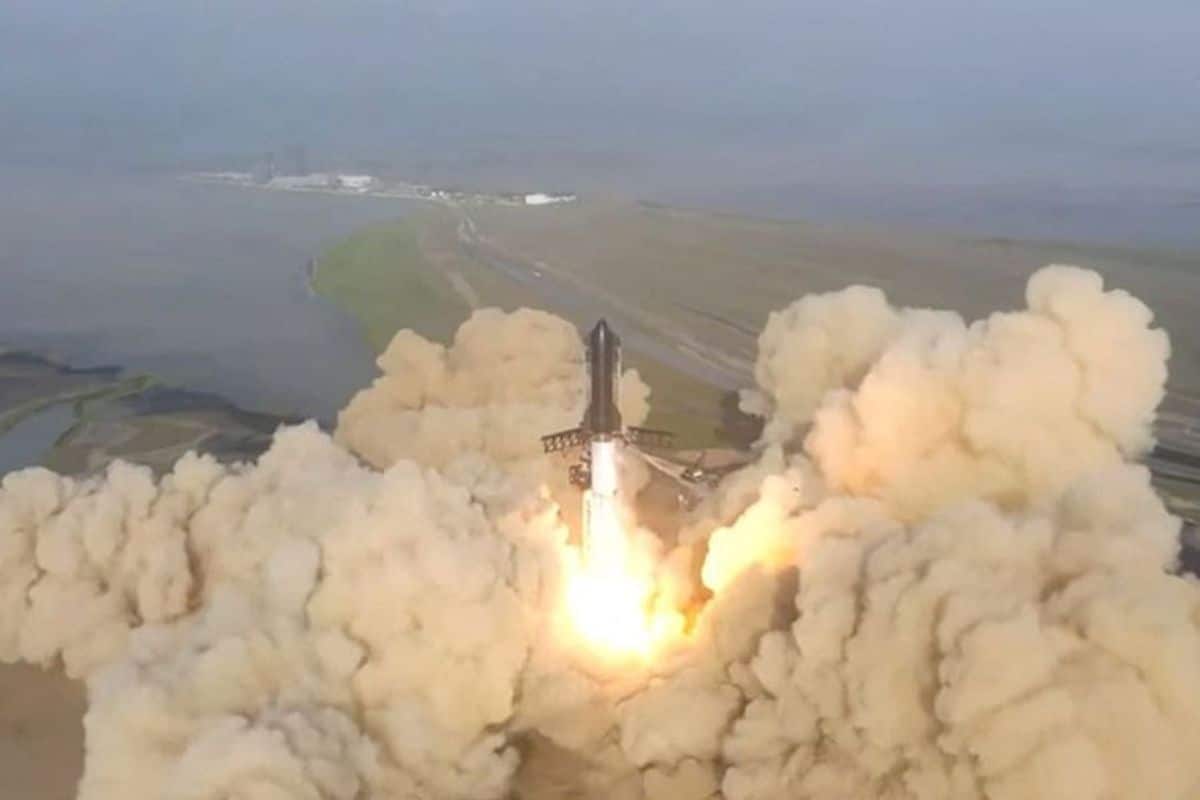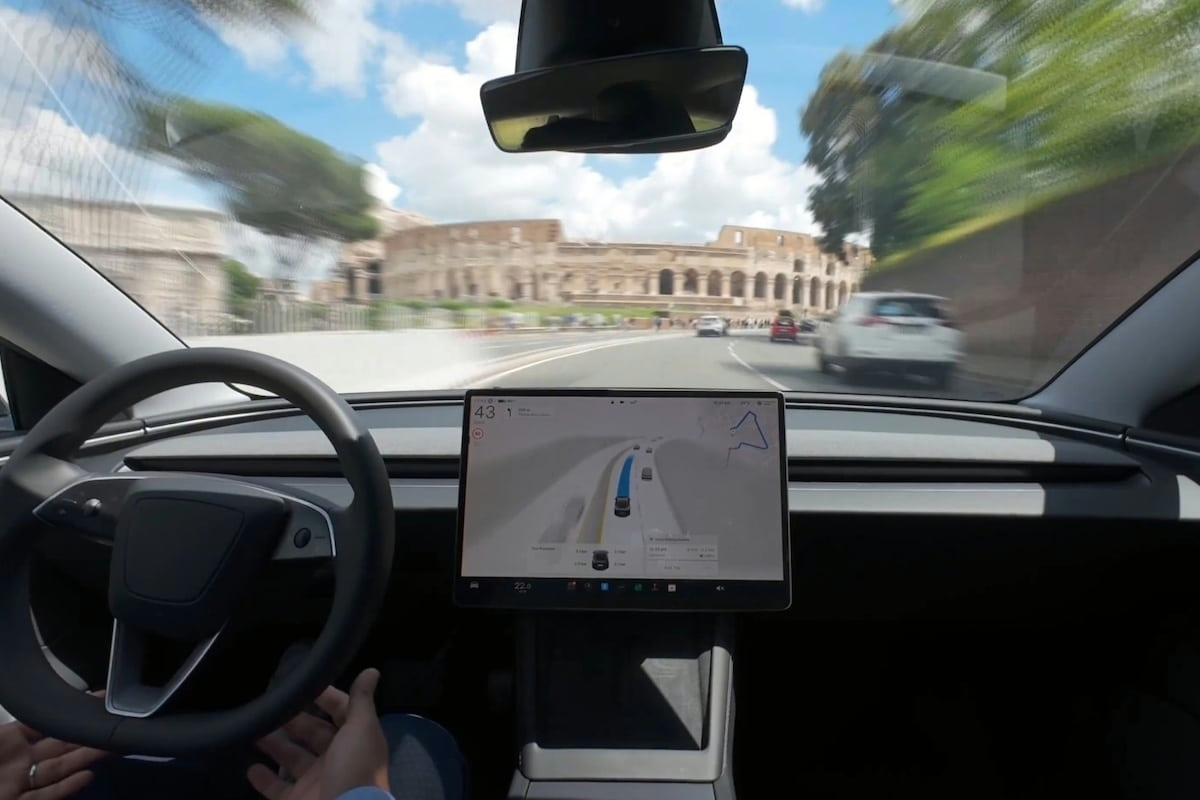SpaceX Starship: Explosions and Horrendous Carbon Footprint

For his second attempt after April 20, 2023, Elon Musk’s rocket Starship and his company SpaceX faced even less success.
It certainly takes a lot to discourage Elon Musk and SpaceX. Two launches, two explosions, and millions of dollars going up in smoke. But space exploration was not built in a day, and each attempt provides valuable lessons. However, each launch is a spectacular kick in the backside for the environment!
Behind the public amazement of gazing at a giant rocket that stands 120 meters tall and 9 meters wide, aiming for the moon, there’s primarily the schizophrenic inconsistency of our society. On Thursday, April 20, and Saturday, November 18, 2023, the largest space vehicle ever built, SpaceX‘s Starship, successfully took off before exploding a few minutes later at over 30,000 meters altitude. Due to its gigantism, Starship poses a huge threat to the planet, and not just the vicinity of its launch pad. The protests quickly grew in the United States.

It must be said that the project raises some of the most legitimate questions. How did SpaceX obtain permission to launch its rocket near the Boca Chica nature reserve, at the extreme south of Texas? This is a sanctuary for some of the world’s most endangered wildlife (Kemp’s ridley sea turtles, migratory birds, etc.). How did the U.S. federal agency responsible for issuing flight authorizations, the FAA (Federal Aviation Administration), fail to minimize the impact of the full-thrust start of the SpaceX launcher with its 33 engines? Noise, light, air pollution—all are affected.
Thousands of tons of CO2
According to statements made by SpaceX to the FAA, each launch of its Starship emits about 2,683 tons of CO2, as well as 1.7 tons of nitrous oxide. A gas 298 times more harmful than CO2, so the final footprint of a launch is estimated (but who can be sure?) at 3,190 tons of CO2. For comparison, that’s equivalent to the nonstop, simultaneous flight of a Boeing 737 for 15 days! All for just 3 minutes of flight…
This is the theory. In practice, the scandal is growing in the United States, where the repercussions of the launch have been significant, especially in Port Isabel, located 10 km from the launch site. The shower of particles (soot, gases, black carbon) that fell on the city caused panic. Dust and debris from the destroyed launch pad during the initial seconds of flight were inhaled by residents, some requiring emergency care, and legal action has been initiated.

Several hours after the launch, satellites monitoring the planet detected an accumulation of particles in the air up to 40 kilometers high, with concentrations capable of causing lasting damage to the Earth’s ozone layer. All these factors must be considered at a time when SpaceX wants to increase rocket launches to satisfy its desire for space tourism aimed at billionaires craving sensation. But also lunar and Mars exploration, and satellite networks around the planet to sell faster data transfers, ensuring Instagram and TikTok are accessible everywhere.
It is urgent that a global debate be initiated to regulate the space sector. Without it, grand speeches about changing daily habits will no longer be listened to.
This page is translated from the original post "SpaceX Starship : explosions et effroyable bilan carbone" in French.
We also suggestthese articles:
Also read






